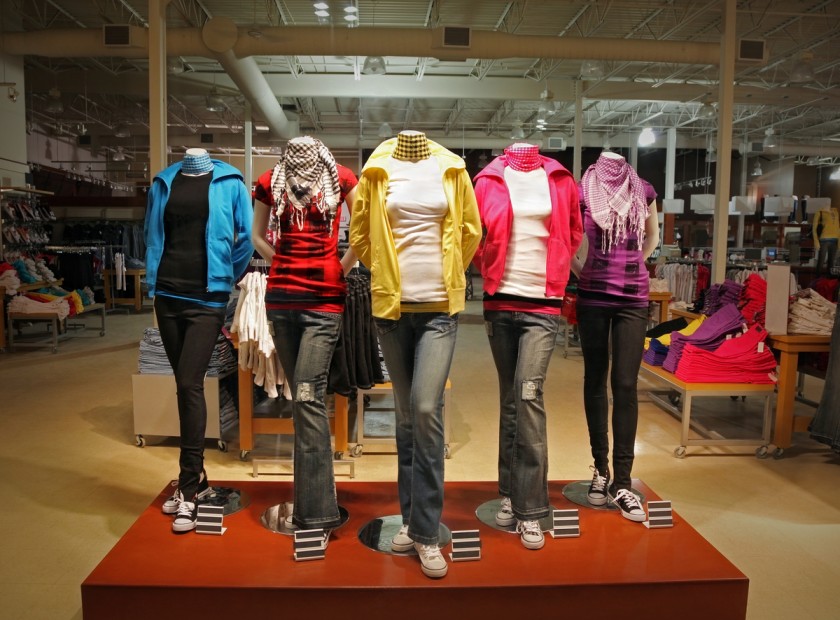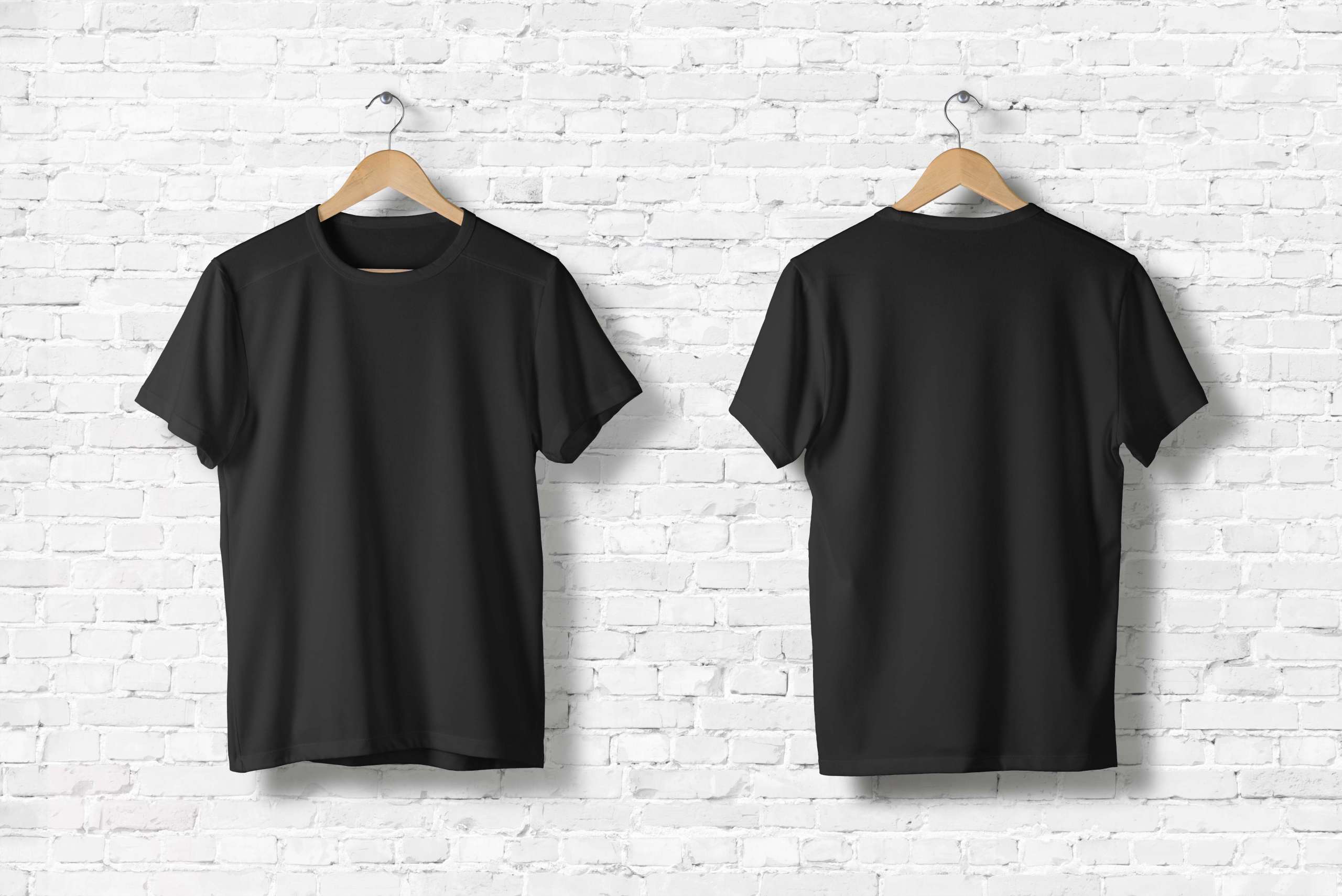Case Study on Reducing Style Change over Time



It is a well-known fact that styles come and go. Styles in the fashion industry can change in two weeks or last a year. A style change over period is the time between the start of the production, the end of a production line, and the start of a new cycle. Multiple orders, huge quantities to be processed, and complex designing procedures result in limited time for production.
The latest fashion trends demand fast production lines, which is extremely difficult to achieve, especially if there are several style changes in a short time.
So if one has style A running on a manufacturing line, with its last piece finishing at 4:30 a.m., style B will be simultaneously produced, with the first product reaching the output scheduled at 1:30 p.m. During this lag or time duration between the two production lines, there is no output. It is called the change over time (COT) or the style change over time. With the latest fashion trends lining up one behind the other in rapid succession, there is a need to reduce the style change over time.
Companies rush to launch new production lines to bring new styles to the consumers. However, managing the style change over time is essential to make room for the next line. It serves as a period to get accustomed to new trends and tastes.
This article explains the reasons, implications, and ideas for reducing the changeover time.
Reasons for a style change over time

It is vital to understand the reasons why style change over time occurs. There are multiple reasons such as the following:
- Product variety: All clothes have different specifications and requirements. The cuts, sizes, and seasons in which to wear them are different. Many clothing varieties are restricted to certain parts of the world. The demand for making a variety of clothing products increases change over time.
- Diversity of raw materials: Procurement of raw materials is a major reason for change over time. Procuring different raw materials from various parts of the world requires time and management. All materials are handled differently as well.
- Labor: Some countries offer cheap and ample amount of labor, which makes it easier to quickly work on the changes and send the final products off to the market. Labor costs and conditions can also affect the production time. Thus, the duration of the changeover time also depends on factors like working shifts, wages per hour, days off, labor laws, etc.
- Preparation time and pre-planning: Launching the latest fashion trends on time requires pre-planning and an assortment of associated work. Without preparing and planning events well, there may be a delay in the next production cycle, which increases the change over time. Proper planning of buying, manufacturing, and marketing according to the start and finish line is the key to success in every organization. The manufacturing process can take longer than expected in unidentified circumstances.
- Poor coordination: Lack of communication among co-workers is among the major factors that cause longer change over time.
- Changing fashion trends: One of the major reasons for style change over time is fast-changing clothing trends, which, in turn, place a high demand on machines, labor, and other quality checks. There isn’t enough time to check the machines or other elements of the production line.
How to deal with style change over time
Over time, analyzing the factors behind the longer style change over time has led to devising new ways of dealing with it. One of them is the SMED (single minute exchange of die). To find out more about SMED and how it can affect a simple sewing line process, one must understand the events during the sewing line responsible for change over time.
There are two types of elements that may cause the lag – internal element and external element. The internal elements are related to the machinery, whereas the external elements are not dependent on factors such as design, raw material, etc.
For example, if one wants to change the sewing line machine, they should be changing before the need to change causes complications, which would ultimately increase the time required for sewing clothes. A sewing machine, in this case, is an internal element of the production line. These are elements that would halt the line and cause glitches in the quality or sewing pattern, etc.
A good approach demands converting internal elements into external elements, reducing the style change over time and ultimately reducing the time of both elements. If a mechanic has to set a special sewing machine into the line, they should be setting it either outside the line or before the line starts. This way, it changes the internal element into an external element. However, the mechanic can be unavailable or lack specialization or the specific tools to set up. For each step and reason, the change over time keeps increasing unintentionally. There may be issues with fabrics, alignment, sewing, buttons that often go unnoticed. So once the mechanic has a substitute for the same sewing machine, the faulty machine can be replaced within no time. This reduces the change over time. However, practicing caution from the beginning may ensure that the production line remains unhampered.
Use the SMED for best practices to avoid style changeover time

When the line functions ideally, change over time will reduce. Reduce the style change over time by making the production line ideal.
- Note down and carefully record which activities were happening during the changeover time.
- Opt for an audio or a video recording for closely monitoring the activities.
- Analyze the time required by each unit for change over time. A particular line can be analyzed for the changeover time.
- Similarly, analyze different lines and check for any discrepancies.
- Segregate your value-adding and no-value-adding activities to decide on which platform requires more time.
Once all the components are identified, start working toward minimizing conflicts and reducing the time lag between each shift. Gradually improve the time taken by each processing unit to improve the lag time required completely.
In summation
To summarize, ensure every new style to be launched has been processed to a particular line where there is a minimal style variation. This would help to minimize labor and technical work. A supervisor for a particular batch who performs the quality checks for the change over time can be omnipresent. A storm session prior to meeting the requirements would be enough to judge critical operations and the availability of the operator. New style requirements and availability of trims, machines, and skilled labor can be assessed and discussed. Any extra machines allocated in anticipation will help decrease the time required for technical malfunctions. Mechanics are needed to ensure there are enough templates, guides, attachments, and tools for quality checks. Assigning rotatory technical checkups can be a part of the routine. The current style change over time should be observed closely so that it can be fixed.
SMED is an easy way to reduce the style change over time. Note down the reasons for lags in processing time and between the new launch of the next production line. This helps track internal and external quality checks as well. These factors can very well make or break a business. SMED helps analyze the glitches holistically rather than having a one-way approach.
Observing the current style change over process and identifying all the activities as internal or external setups reduces the gap between faults and repairs. Optimize internal and external set-ups to improve the overall effectiveness of the style changeover process.
Fashinza helps simplify the manufacturing process for clothing brands by connecting them with suppliers and helps set up the entire production process from design to delivery.
If you have any queries related to style change over time and how to minimize it for your latest launch, connect with Fashinza.



















